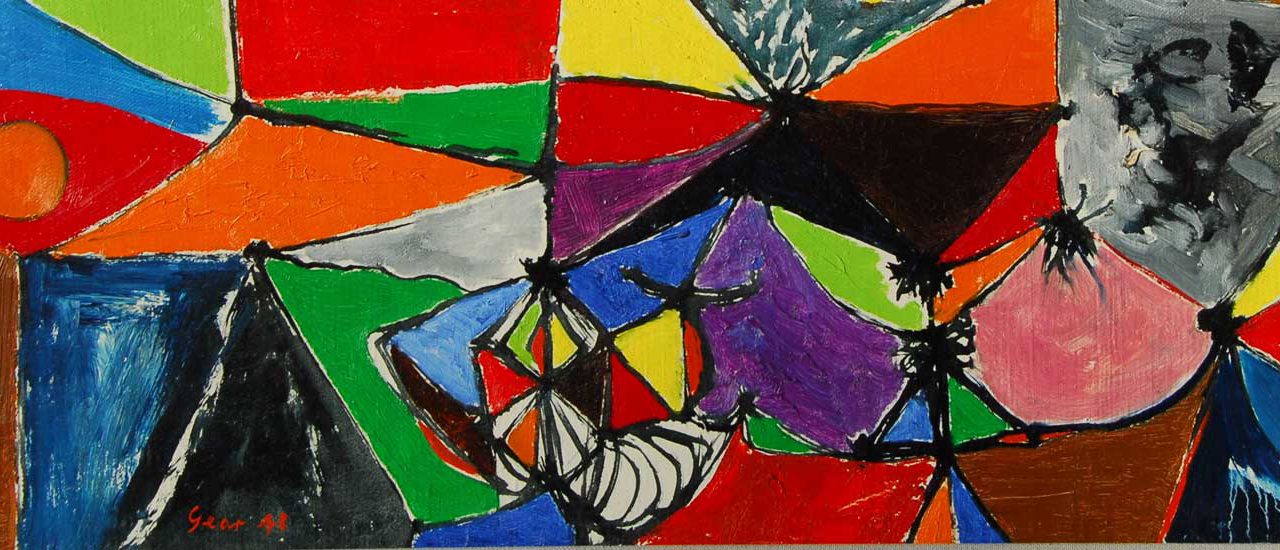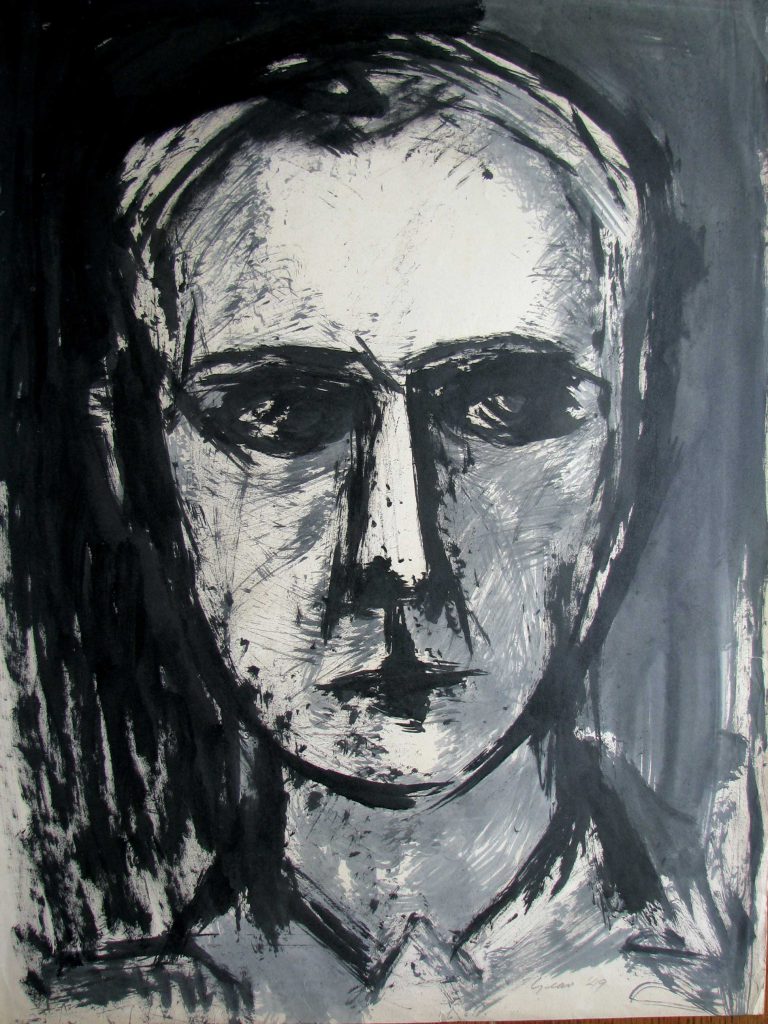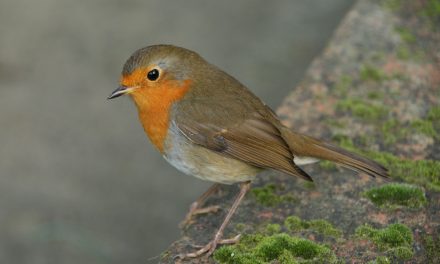In the centenary of his birth, Towner is showcasing a major retrospective of the work of William Gear, one of the leading abstract British painters of his generation.
William Gear, The painter that Britain forgot traces the influence and prolific output of a now little-known painter who was associated with CoBrA in the 1940s, and produced some of the most radical and controversial compositions of the 1950s.
A Radical View
The exhibition runs in parallel to A Radical View: William Gear as Curator 1958 – 1964 (9 May – 31 August), which explores Gear’s tenure as curator at Towner during which time he established their now acclaimed collection, acquiring works by major British abstract artists of the 1950s and 1960s including Sandra Blow, Alan Davie, Roger Hilton and Ceri Richards.
William Gear, The painter that Britain forgot draws together around 100 works representing the different phases of Gear’s oeuvre: from the pen and ink drawings and early experiments in colour of his emerging style in the 1930s and 1940s, to the radical, near-monochrome and block abstractions of the 1950s, to a mature, yet playful exuberance in the 1960s and beyond.
While many of the titles of the work are abstract – Composition Interior, Composition Blue Centre and Landscape Composition – others clearly allude to their subject matter; Christmas Tree, Grey Trunks, Summer Fete and Footballers. Central to the show is Autumn Landscape, a work that caused a public outcry when awarded the Festival of Britain Purchase Prize in 1951. The exhibition also presents Gear as printmaker; he was the first British artist to present screenprints as works of fine art.
The exhibition is a collaboration with City Arts Centre, Edinburgh, the city where Gear studied, and Towner, Eastbourne where he was curator, and has works on loan from the National Gallery of Scotland; Royal Academy, London; and Tate. Following Towner, Gear was appointed Head of Fine Art at Birmingham College of Art, where he became an important part of the city’s cultural and artistic life, mentoring and encouraging young artists while continuing his own experimental works.
The collection continues until 27 September.





